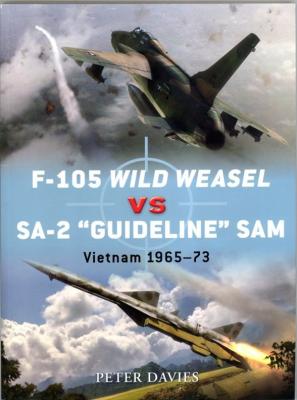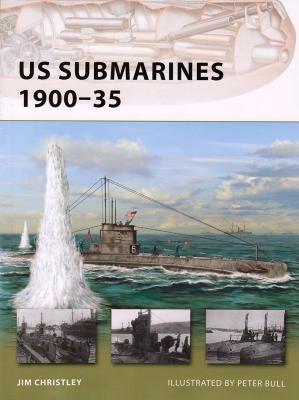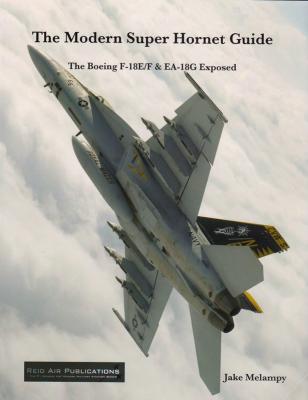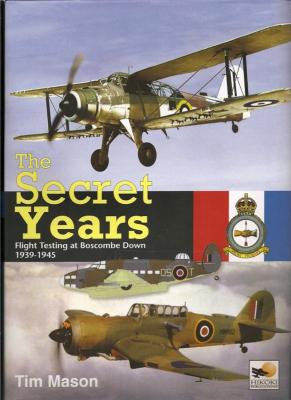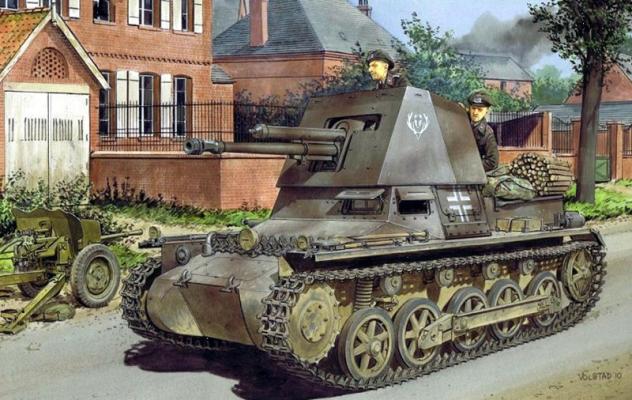I was somewhat familiar with the two opponents in this duel, having built the 1/72 Monogram F-105G a while back, and I’ve got the Gran kit of the SA-2 in the “to build some day” stash. I also have a copy of a video produced by the Air Force which features the development of the F-100 Wild Weasel mission, with interviews with the participants.
The Suppression of Enemy Air Defenses (SEAD) is a cat-and-mouse game. The aircraft tries to get the ground radars to come up so they can fire anti-radiation missiles. The ground systems try to get the aircraft to come in range of the missiles and anti-aircraft guns which surround the SAM site.
As I read this book, the question raised was, “exactly which player is the cat and which the mouse?” And what’s that ferret doing in there?
The book is divided into eight main sections, each covering the F-105 and then the SA-2.











